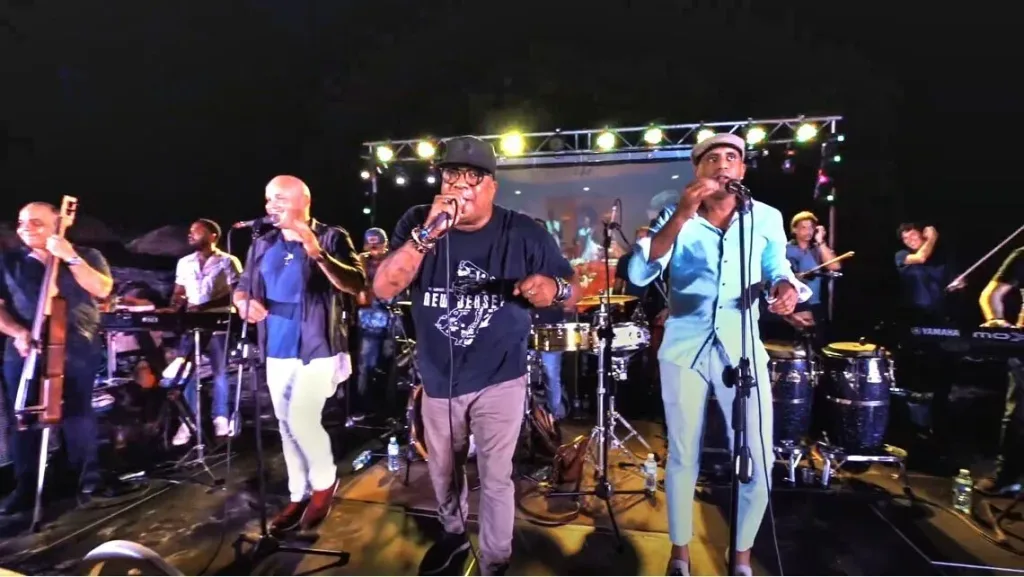In the hamlet of San Francisco de Paula lies a museological jewel of Havana, Cuba: Finca Vigía, the residence of the famous writer, where the marks of his life are safeguarded.
In the house everything froze and remained in its place, as things were when the writer was around. Only the marks and the order of the objects can be seen, and the author’s absence that fill the beautiful Finca Vigía in San Francisco de Paula (on the mile 8 of the Central Road), today the Hemingway Museum.
Finca Vigía carries the perfect name; from there, Ernest Hemingway use to observe Havana in the distance, and further away he could watch that blue stripe which much motivated his creation. A varied and dense vegetation covers the 9 hectares hill where the white building stands. Constructed in 1887 by the Catalan architect Miguel Pascual, the house was rented by Hemingway in 1939, and in the following year it was bought by him to set there his residence.
That place was a witness of Hemingway’s inspiration, and the birthplace of works like The Old Man and the Sea, Islands in the Stream, Across the River and into the Trees and A Moveable Feast. Also at Finca Vigía, the author finished For Whom the Bell Tolls, the first novel he wrote in Cuba, which he had begun during his stay in Ambos Mundos hotel.
With renovation airs, the simple and spacious house-museum is open to the public. To cross the threshold of the property is to get closer to Hemingway in his privacy as an artist and a man, to walk across the place that was his shelter for over 20 years he lived in this Isle where he made famous characters and Cuban sceneries.
Under this roof the marks of his steps all through the world are gathered. About 9 thousand books cover the shelves and bookcases, many of them with autographs of incalculable worth. Rigid heads of diverse animals (trophies of his safari trips) hang on the wall and alternate with paintings, ceramics, and posters of bullfights. There are also adornments, his reading glasses, drink bottles, and very personal objects which are in the same place which he left them. The most significant one is his little portable Royal typewriter, where the Nobel Prize of Literature (1954) used to write, standing, between 6:00 and 12:00 in the morning.
At the side of the house there is a tower built in 1947 under the order of his last wife, Mary Welsh. Her idea was that the writer had a quieter place to work. It was a vain attempt; he preferred to continue writing at home, near the noise and the life. There is a swimming pool further down, behind the former tennis court which is today the pavilion where his beloved yacht El Pilar sleeps. This boat was constructed in 1934 using black oat, and with the contribution of Hemingway in its design. It was the writer’s faithful friend in his hours at sea. Everything there lies in its place, as the famous writer let it when he left for his last trip.





